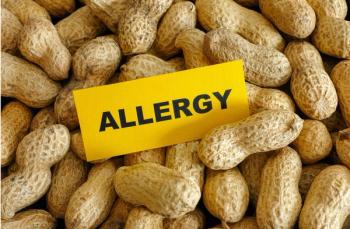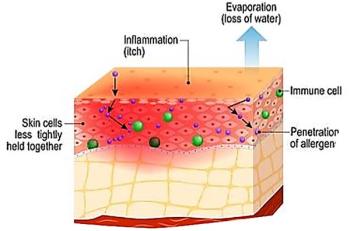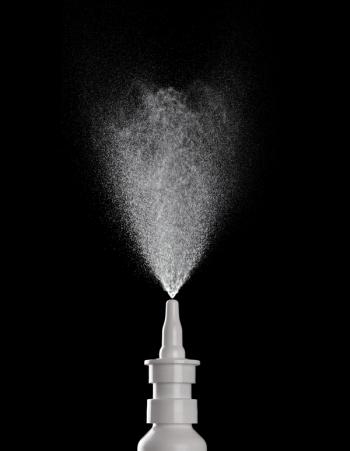
Asthma More Likely in Children Exposed to Infection In Utero
A new study finds that acute atopic symptoms during pregnancy are associated with increased risk of early atopy and allergic rhinitis in children at age 5 years.
The more common colds and viral infections a woman has during pregnancy, the higher the risk her baby will have asthma, according to the results of a new study that found a mother's infections and bacterial exposure during pregnancy affect the in utero environment.
“In most children with asthma and atopy, onset of disease occurs early in life, indicating a crucial role of in utero and early childhood environment. However, only a small part of this burden of disease established early in life has been explained,” according to researchers at the University Children’s Hospital in Munich, Germany.
To examine the effects of early environmental exposures on the development of asthma and atopy within the setting of an affluent urban population, the researchers studied 513 pregnant German women and followed their 526 children from birth to 5 years of age. They interviewed the women during pregnancy and then did yearly assessments of the health of their children and the environmental characteristics of their homes. Endotoxin and allergens in house dust were measured at 3 months. Atopic sensitization was assessed at 1 and 5 years. About two-thirds of the families had a parent with asthma, hay fever, or atopic dermatitis.
The results show that the children who had early exposure to allergens, such as house dust and pet dander, had increased odds of becoming sensitized by age 5. When dust mites from the mother and child's mattresses were examined, children with high dust mite exposure, yet low bacteria exposure, were more likely to be allergic to dust mites than those with low mite exposure and high bacteria contact.
“In atopic mothers, acute atopic symptoms during pregnancy were associated with increased risk of early atopic dermatitis and allergic rhinitis at 5 years. Further, maternal illnesses during pregnancy (repeated common colds) increased the risk of asthma at 5 years,” the researchers report.
In addition, endotoxin in the child's mattress was inversely associated with atopic sensitization and asthma. A contrasting effect of early endotoxin and mite exposure was observed for mite sensitization: mite exposure increased the risk of mite sensitization at 5 years, whereas endotoxin exposure was inversely associated with mite sensitization.
“Factors affecting the in utero environment, such as maternal atopy and infections, and bacterial exposure in pregnancy or early life may act as immunomodulators enhancing or inhibiting the development of asthma and atopy in childhood,” the researchers conclude.
Genetics play a factor in both asthma and allergy. According to the American College of Allergy, Asthma and Immunology (ACAAI), if both of a child's parents have allergies, the child has a 75% chance of being allergic. If one of the parents is allergic, or if a close relative has allergies, the child has a 30% to 40% chance of having some form of allergy. If neither parent has allergy, the chance is only 10% to 15%. Asthma is the most common potentially serious medical condition to complicate pregnancy, according to the ACAAI.
The researchers published their
References:
Illi S, Weber J, Zutavern A, et al. Perinatal influences on the development of asthma and atopy in childhood
Newsletter
Enhance your clinical practice with the Patient Care newsletter, offering the latest evidence-based guidelines, diagnostic insights, and treatment strategies for primary care physicians.

















































































































































































































































































